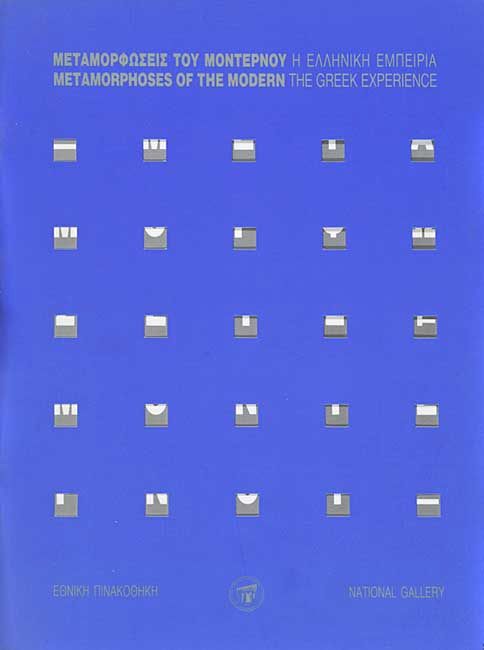
The historical framework of the modernist ideology is determined by the new social reality, reflecting the industrial revolution and the notion of progress.
The ground was paved in the 19th century, but modernism broke out in a prismatic and explosive manner in the early 20th, on the eve of World War I. The break with tradition now became a conscious need, the battle-cry for renewal.
This was precisely the time when the notion of modernism took on new nuances, before ultimately becoming identified with the notion of the avant-garde.
The term “avant-garde”, of military origin, has its share of prehistory, dating back to the 19th century and the theories of utopian socialism, which assigned artists and intellectuals with the task of being the avant-garde for social reform.
Around 1910, several artists reached, through different paths, the same extreme objective: the complete “autosemy” of forms, the absolute autonomy of the artwork, abstraction. The artwork does not refer to anything else, other than itself, any longer; it signifies itself.
The dissemination of modernist idioms created new avant-garde cores in regional centres, especially in the U.S., in the aftermath of the War, which took the lead in the international avant-garde scene after 1950. Greek modernism, which emerged during the same decade, after the hardships of the German Occupation and the Civil War, formed part of this regional boom and revival.
Curated by Dr. Anna Kafetsi, then Curator at the National Gallery of Greece and now Director of the National Museum of Contemporary Art, the exhibition Metamorphoses aims to reply to the extremely complex question: Does a Greek modernism in fact exist, and if so what is its character?
The criterion of “an autonomous plastic language” prevailed in selecting the over 100 Greek artists featured in the exhibition from both the metropolis and the Diaspora.
Exhibition Curator: Dr. Anna Kafetsi, Curator at the National Gallery of Greece
Sponsor: Midland Bank

